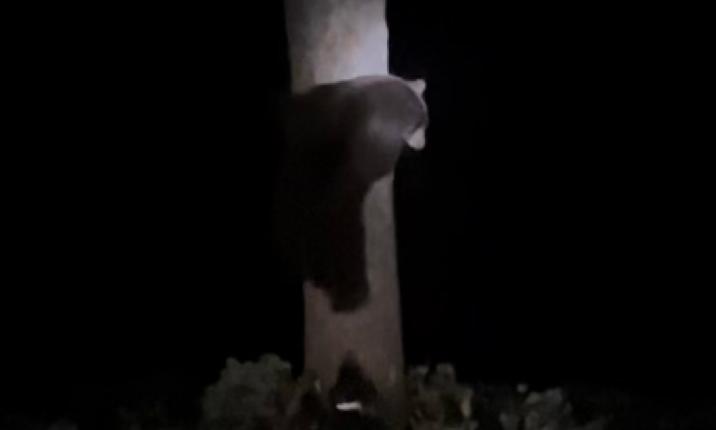Library Tales
The second session of Library Tales — the Downieville Library’s summer program for children — takes place next Thursday, June 27, from 11:00 a.m. to 12:30 p.m. It will feature Sierra County Supervisor and former Sheriff, Lee Adams, reading books about trees, interspersed with crafts and/or activities related to trees, led by Library Manager, Peggy Daigle. All children are invited and welcome — as are their parents and/or care-givers.
El Niño and La Niña
The weather and climate are constantly in the news these days — as they should be. And, part of the ongoing discussion is about a couple of climate patterns in the Pacific Ocean that can affect weather on a worldwide scale. So, in the library’s also ongoing responsibility of being a place of information and education, here is a brief discussion of these climate patterns.
El Niño, which translates into English as “Little Boy”, is the climate pattern that we are just now exiting, and that has been prevalent over the past year. During El Niño, trade winds weaken, warm water is pushed back to the east — toward the west coast of the Americas. The warmer waters cause the Pacific jet stream to move south of its neutral position. With this shift, areas in the northern United States and Canada are dryer and warmer than usual. But, in the U.S. Gulf Coast and Southeast, these periods are wetter than usual, and have increased flooding. These periods of unusually warm water in the Pacific were first noticed by South American fishermen in the 1600s. The full name they used was El Niño de Navidad, because this pattern typically peaks around December.
In addition to the impacts on weather, El Niño also has a strong effect on marine life off the Pacific coast. During normal conditions, upwelling brings water from the depths to the surface — water that is cold and nutrient-rich. During El Niño, however, upwelling weakens or stops altogether. Without nutrients from the deep, there are fewer phytoplankton off the coast — affecting both fish that eat phytoplankton and everything that eats those fish.
The climate pattern that we will soon be entering is called La Niña (“Little Girl”), which has the opposite effect of El Niño. During La Niña events, trade winds are even stronger than usual, pushing more warm water toward Asia. Off the west coast of the Americas, upwelling increases, bring cold, nutrient-rich water to the surface. These cold waters in the Pacific push the jet stream northward, which tends to lead to drought in the southern U.S., and heavy rains and flooding in the Pacific Northwest and Canada. During a La Niña year, winter temperatures are warmer than normal in the South, and cooler than normal in the North. The event can also lead to a more severe hurricane season.
During La Niña, waters off the Pacific coast are colder and contain more nutrients than usual. This environment supports more marine life and attracts more cold-water species, like squid and salmon to places like the California coast.
(This information was gleaned from the website of the National Ocean Service, an agency of the National Oceanic and Atmospheric Administration: https://oceanservice.noaa.gov/facts/ninonina.html.)
I also submit this poem, which I wrote several years ago, for the occasion:
That year:
the boy
had no spring in his step;
and the girl
brought us to a long fall.
Library@Nite
A reminder: the second occasion for Library@Nite at the Downieville Library will be on Thursday, June 27. This is our summer program of opening up the library in the evening on the 2nd and 4th Thursdays of the summer months — especially so that those who work during our normal daytime hours can find the library open when they, also, are available. And, as we get into the hotter days of the summer, a cooler evening in the library might just be welcome!
Featured Articles

Two Plead Guilty to Poaching and Animal Cruelty Charges →
December 30, 2025
Two men face penalties for illegal hunting activities in Sierra County.
Fish and Wildlife Plans to Collar More Deer, Elk, and Wolves →
December 30, 2025
DWR Conducts First Snow Survey of the 2025-2026 Season →
December 31, 2025
Storms Bring Heavy Rainfall and Local Disruptions →
December 22, 2025
Sierra Hardware Plans Extensive Repairs After Flood Damage →
December 8, 2025